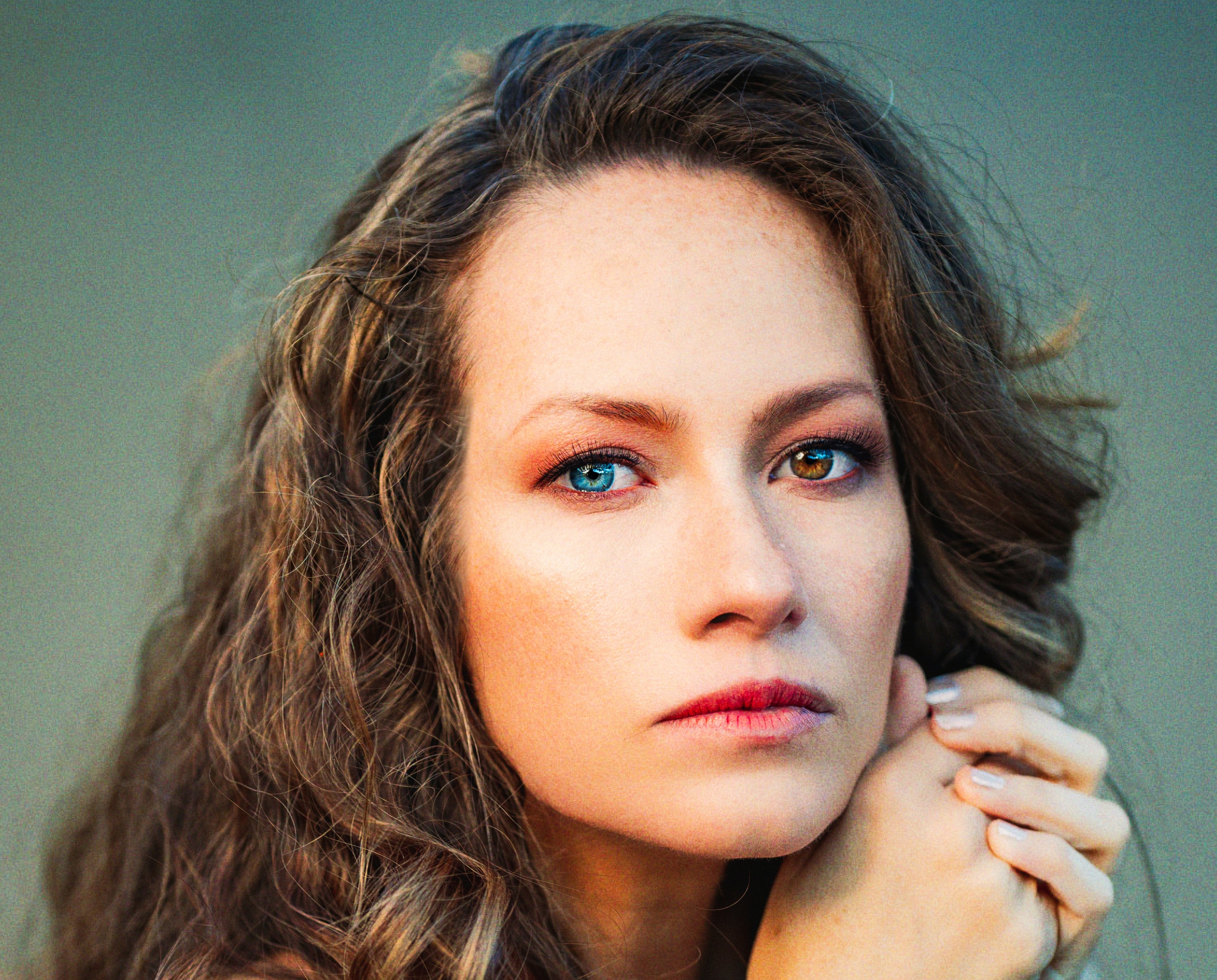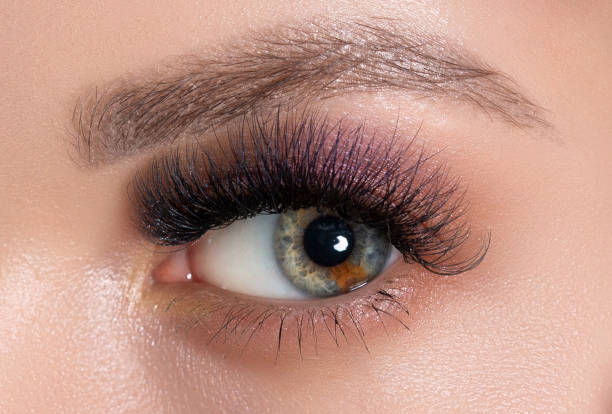What is Heterochromia?
Heterochromia is a condition in which a person has two different eye colors. Depending on the type of heterochromia, each eye may be a completely different color, such as one blue eye and one brown eye, or it could look like a distinct area of color within the same iris, such as a blue section surrounded by brown. These color differences are typically harmless and visible at birth or soon after. However, changes in eye color that develop later in life could be the result of injuries or certain medical conditions.
Common variants of heterochromia include iridum and iridis. Although they’re similar, there is a key difference between the two. In cases of heterochromia iridum, one eye is a totally different color than the other. In cases of heterochromia iridis, one eye has a section that’s differently colored from the rest of the iris.
Heterochromia is usually caused by a harmless genetic mutation, meaning a person will have visibly different eye colors at birth or soon after and it won’t cause any problems. However, there are uncommon medical conditions that can cause eye color variation at birth or later in life, such as congenital Horner syndrome, central retinal vein occlusion, and ocular melanosis. These conditions are associated with other symptoms, so if you’ve always had different eye colors and your doctor isn’t concerned, there’s no need to worry about an underlying health issue.
There are three types of heterochromia, including:
Complete heterochromia: Also called heterochromia iridum, this type means one whole iris is a different color from the other.

Sectoral heterochromia: This type may also be called partial heterochromia or heterochromia iridis, meaning one iris has a differently colored section. Specifically, sectoral heterochromia looks like a continuous patch of color, such as a clearly defined blue section in a brown iris.

Central heterochromia: In this type, one iris has a distinct ring of color. For example, it may look like a green circle surrounding the pupil.

If you have heterochromia, you might be wondering if the condition needs treatment. In most cases, nope! 39DollarGlasses was founded by optometrists, so we can tell you that heterochromia is usually harmless. Unless your doctor says otherwise, it doesn’t need any treatment and it doesn’t impact the kind of glasses you can wear. So if you need prescription glasses, check out our wide selection of frames and styles. Shop our catalog and order today!


